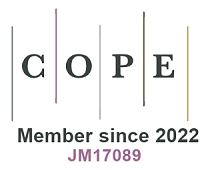fig1
From: Cathepsin K: both a likely biomarker and a new therapeutic target in lymphangioleiomyomatosis?

Figure 1. Complex formation between CatK and C4-S. Electrostatic surface distribution of human CatK. Blue and red areas represent positively and negatively charged surface domains of CatK, respectively (Chimera software). The spots of two C4-S-binding sites (exosites) (PDB accession codes 3C9E and 4N8W) are marked by dashed circles, away from the active site. The pan inhibitor of cysteine proteases E-64 locates in the active site of the enzyme. The peptidase is shown in surface representation, while C4-S and E-64 are shown as sticks.






